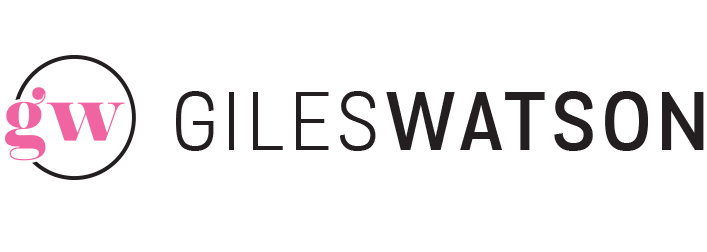
27 May Law practice profitability plumbing: leakages and bottlenecks
There is often an ‘optimum’ level of law practice profitability for any given size and basic business model of law practice. That is, if everything is well oiled and all parts of the practice machine run efficiently, a healthy optimum level of profitability can be achieved.
Whilst law practice profitability can of course be increased by both growth (more fee-earners) and structural changes to the business model (changes in markets, services, marketing, costs structure, revenue model etc.) – it often pays to first look at what you’ve got, and check the basics before looking to either grow or dramatically change the model.
I find plumbing analogies work well for this task, and below highlight two concepts – leakages and bottlenecks – that might help you to identify where you need to focus your attention.
Profitability leakages
Where is your practice leaking money? Common suspects include:
- Not charging enough initially – either due to a lack of pricing power or confidence, poor estimating skills, or poor sales skills in justifying the value of the work
- Poor mater management – managing the file to stay within scope and within budget and/or sending (and selling) costs updates as required (leading to WIP write-offs)
- Poor productivity and time capture – either due to inefficient systems, inadequate support, time capture insecurities or basic time management skills
- Poor billing arrangements that fail to justify the value of the work and recover all the WIP
Profitability bottlenecks
Another strategy is to look at the common workflows within your practice, and identify where the bottlenecks are.
Although specific workflows and activities can change between practices, creating money in a law practice often involve similar standard steps including some or all of:
- Marketing
- Prospect conversion and client engagement
- Research / searches / information gathering
- Document drafting or providing advice
- Process implementation
- Negotiations / discussions / meeting
- Supervision and oversight
- Court advocacy
- Creating and sending bill
- Recovering money
So, which of the above run smoothly? Which of these processes create bottlenecks or problems?
You can identify problems in a number of different ways. You can go with your gut, you can ask your team, you can ask your clients, or you can get highly analytical and count how many matters are in which stage at any given time, but the chances are that somewhere in the broad workflow of your practice there are bottlenecks or blockages that cause delays and frustrations, which waste time, reduce client value or which ultimately cost you money. Here, typical suspects might include:
- Poor handling and conversion of initial enquiries
- Poor or slow delegation of work
- Inadequate knowledge management arrangements leading to process inefficiency
- Over-servicing
- Excessive checks and supervision
- Supervision and approval delays
- Slow and poor billing
- Late and slow closing of files.
Once you identify any law practice profitability problems – leakages or bottlenecks – then you look for a solution, which might include skills training, experimenting with process change or simply greater personal discipline (or you could call a plumber of course ;).
Happy lawyering!



Sorry, the comment form is closed at this time.